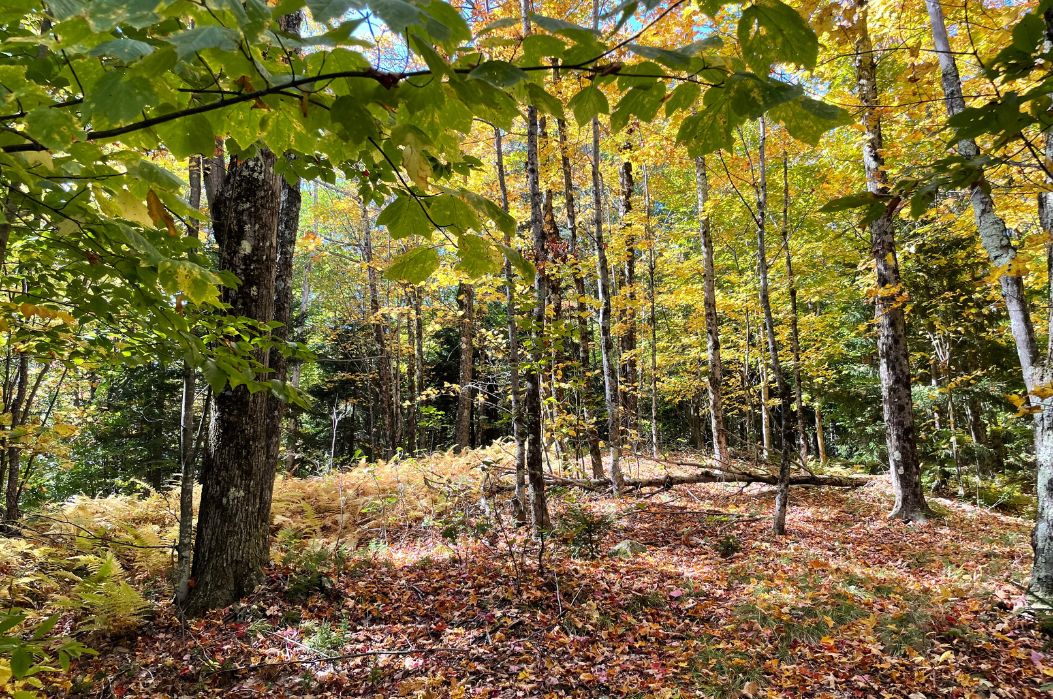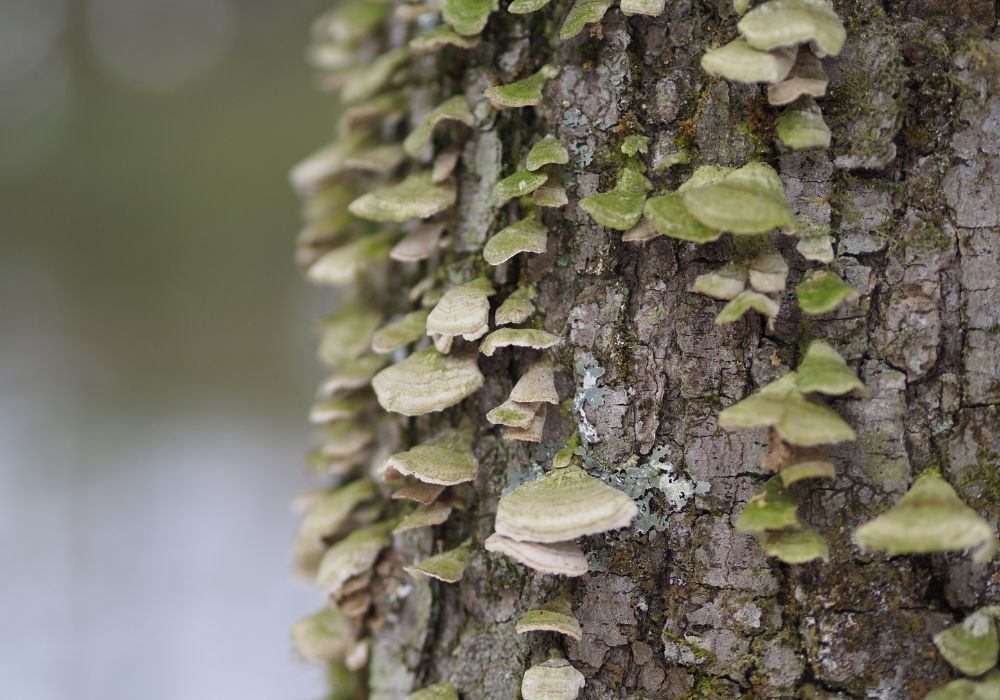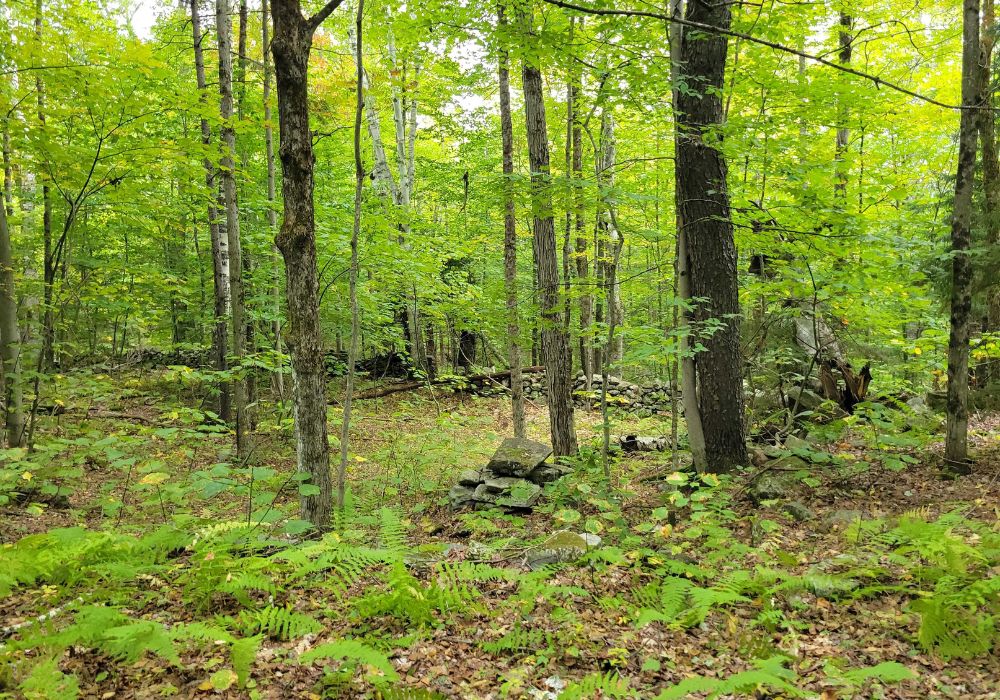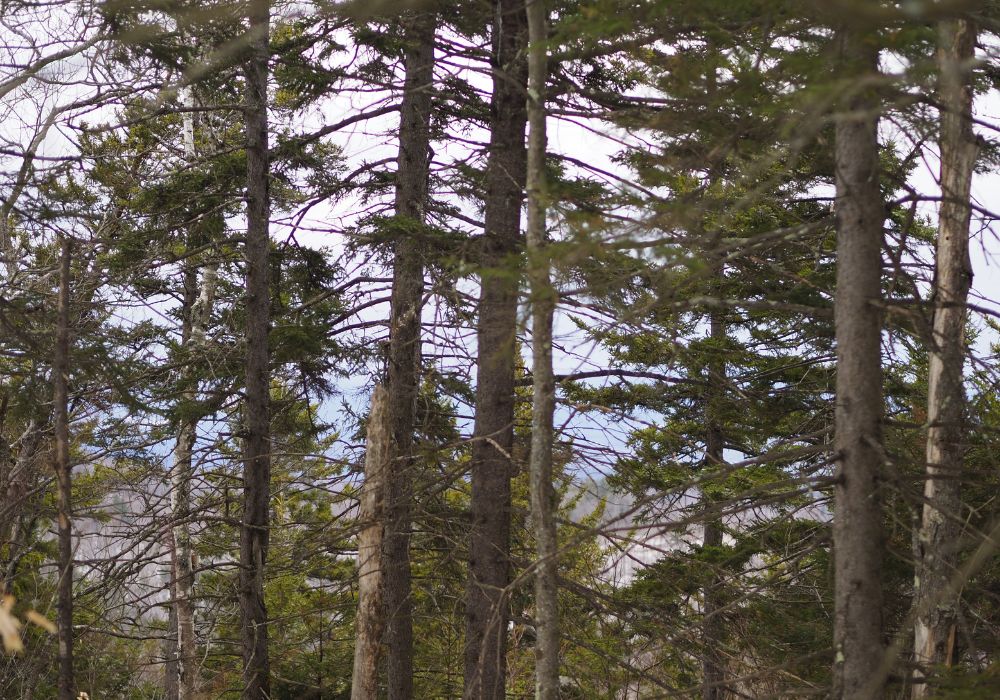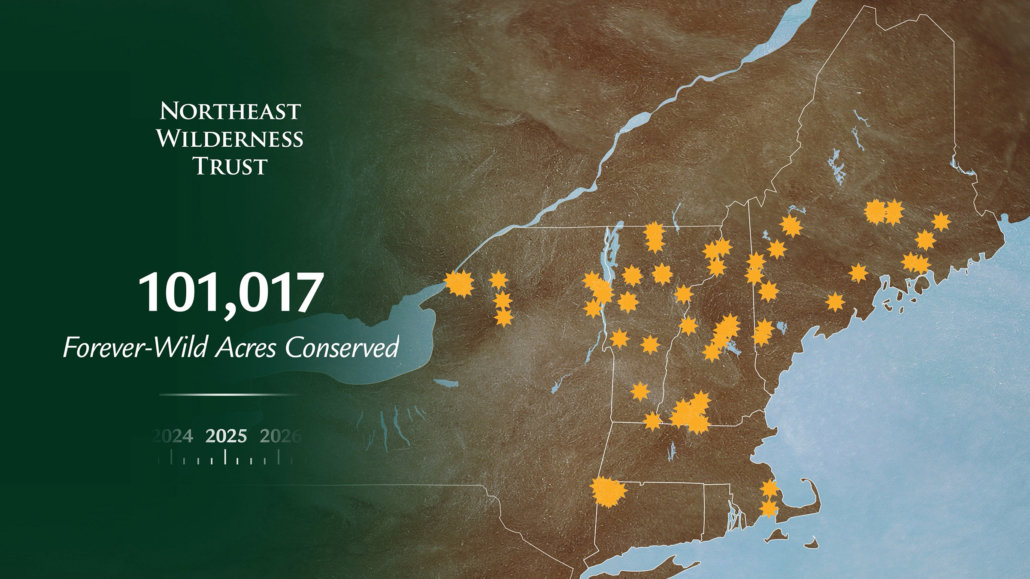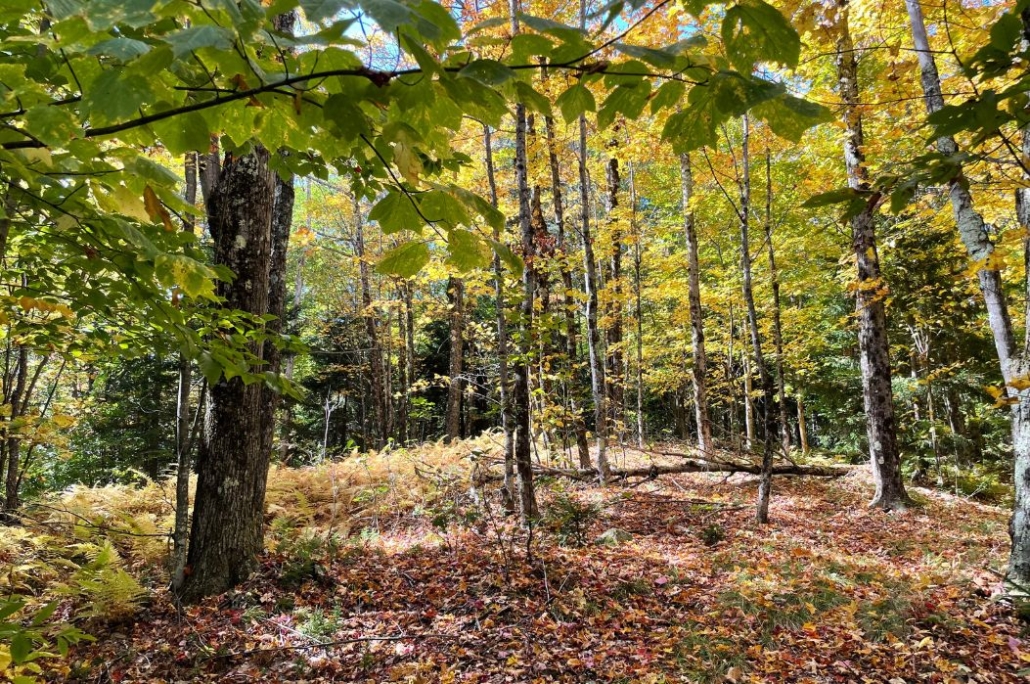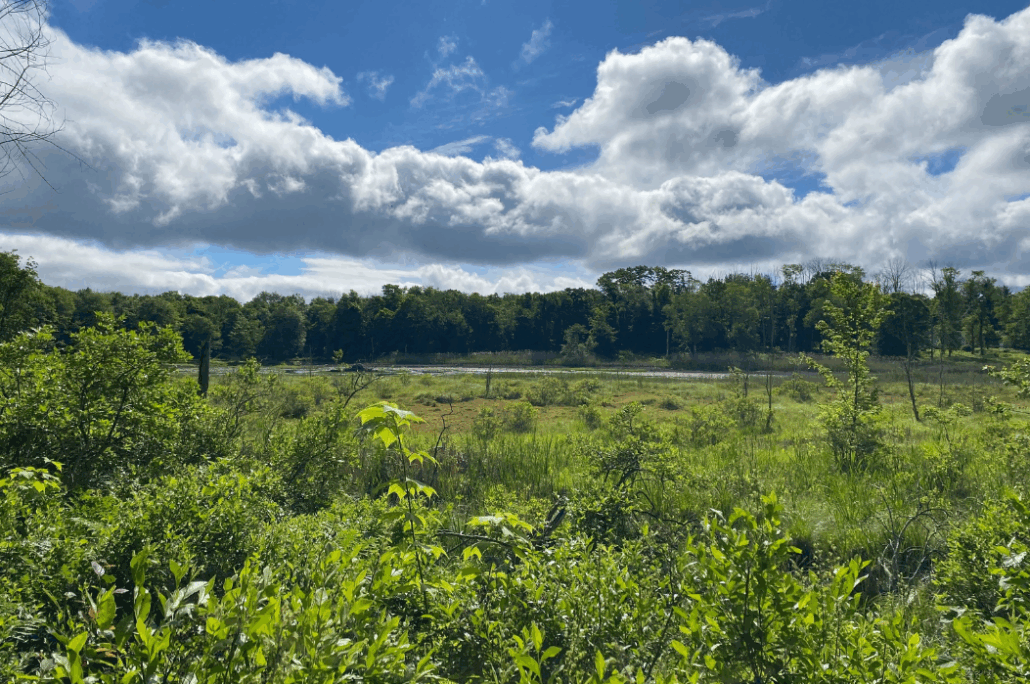College Hill Wilderness Sanctuary Furthers Vermont’s Land Conservation Goals
A version of this press release first appeared in the Brattleboro Reformer on September 7, 2025.
JAMAICA, VT — Northeast Wilderness Trust has acquired nearly 600 acres for the College Hill Wilderness Sanctuary in Jamaica, which will be passively managed to allow the property’s forests to transition to old growth. The project supports the state’s progress towards its Act 59 conserved-land goals, as well as Vermont Conservation Design’s old-forest benchmarks.
“College Hill Wilderness Sanctuary is a hopeful example of land trusts and private landowners working together to advance statewide conservation priorities,” said Jon Leibowitz, President and CEO of Northeast Wilderness Trust. “Old forest is rare in Vermont, making this project an invaluable opportunity to boost in one transaction both wildlands and old-forest acreage as called for by Act 59 and the state’s Agency of Natural Resources in the Vermont Conservation Design [VCD] report.”
Vermont passed Act 59 in 2023, which requires that 30 percent of Vermont’s land be conserved by 2030 (“30×30”). The bill also stipulates that Act 59-related conservation decision-making “prioritiz[es] ecological reserve areas to protect highest priority natural communities and maintain or restore old forests.” According to the latest update from the Vermont Agency of Natural Resources, the state is 89 percent of the way to the 30×30 goal. But significant additional acreage must be protected in the coming years if the state is to meet that target. Given the magnitude of that need, and considering that about 85 percent of Vermont’s forests are in private hands, future state acquisitions of private land alone will likely be insufficient to close the gap.


